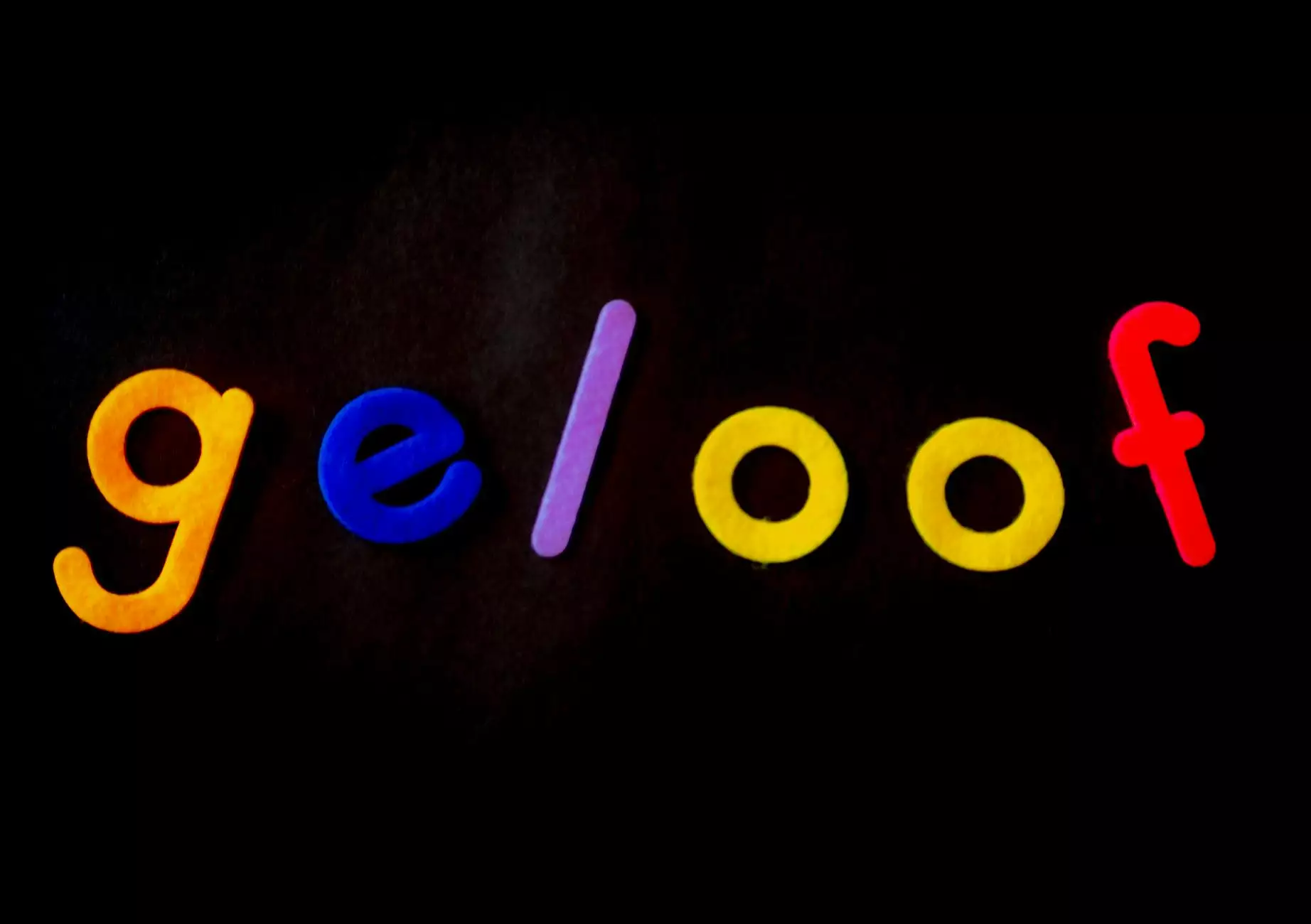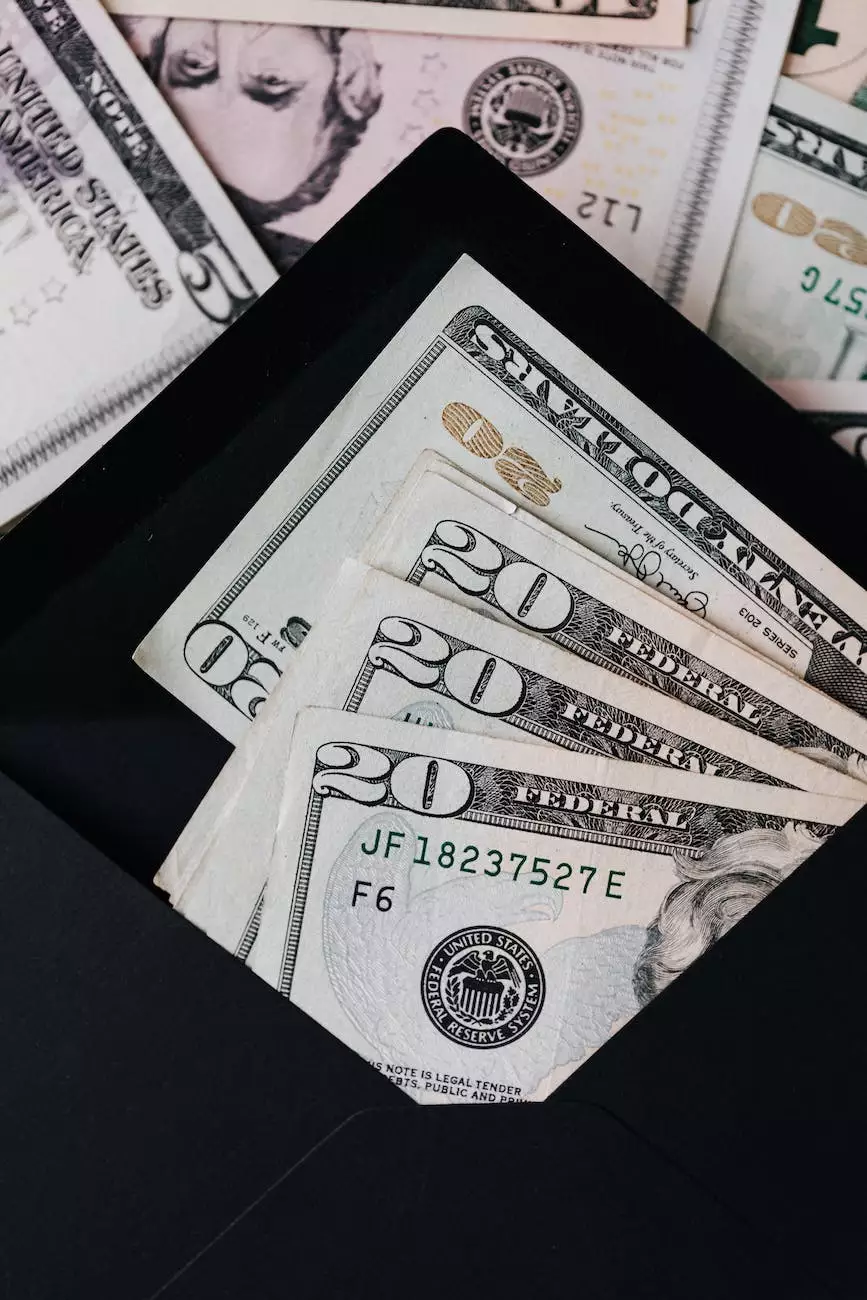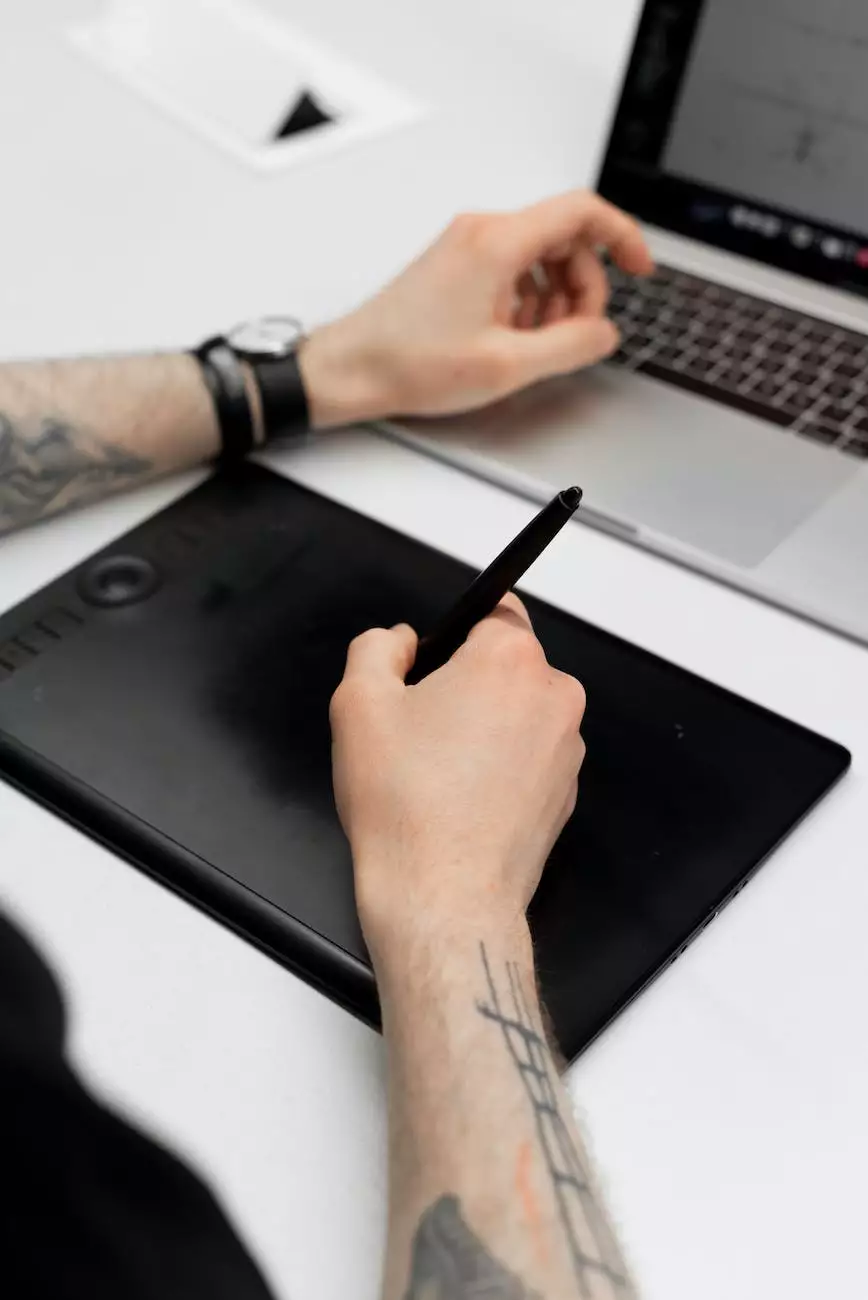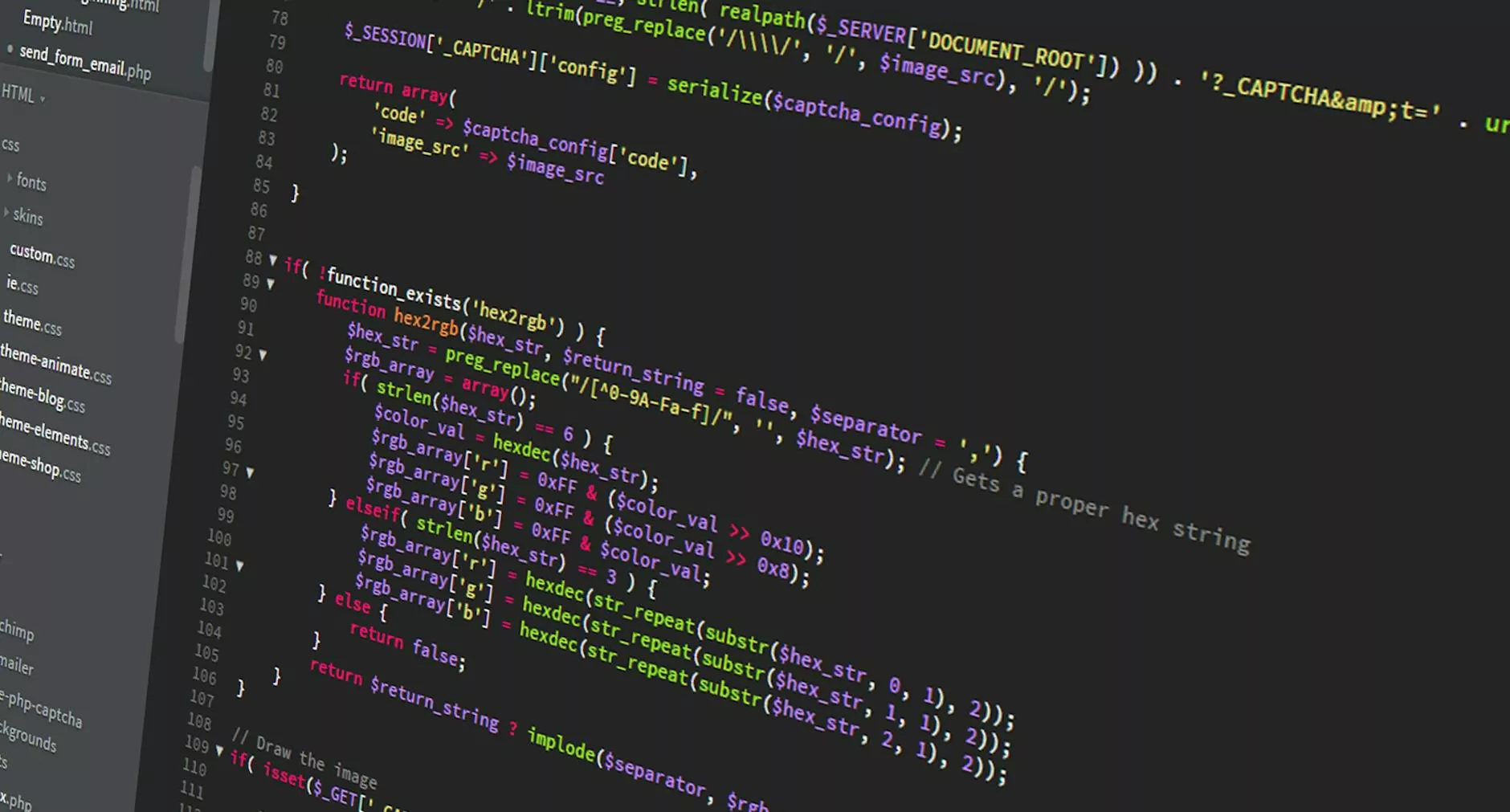The Power of Storyboarding in Graphic Design and Web Design

Introduction
In the world of graphic design and web design, creating visually stunning and impactful content is crucial for businesses to stand out and communicate effectively with their target audience. One powerful technique that can bring your designs to life is storyboarding.
What is Storyboarding?
Storyboarding is a visual planning tool that allows designers to outline the structure and flow of a design project before diving into the production phase. It involves creating a series of rough sketches or illustrations arranged in sequence to represent key scenes, interactions, or user journeys.
Why is Storyboarding Important?
Storyboarding plays a significant role in the design process, aiding in the communication of ideas, improving collaboration, and ensuring that the final design aligns with the client's vision. Here are the key reasons why storyboarding is important:
1. Visualizing Concepts
Storyboarding allows designers to visualize their ideas and concepts in a more tangible form. By sketching out different scenes or steps, designers can effectively convey the intended user experience, interactions, and visual elements.
2. Planning and Organization
A storyboard helps in planning the overall structure and sequence of a design project. It enables designers to identify gaps, refine the user journey, and make informed decisions regarding the layout, content positioning, and design elements.
3. Collaboration and Feedback
When working with clients or teams, storyboarding facilitates better collaboration and feedback. It serves as a visual language that bridges the gap between the designer's vision and the stakeholders' expectations, fostering productive discussions and allowing for iterations in a more efficient manner.
4. Enhancing User Experience
By storyboarding, designers can better anticipate how users will interact with a website or graphic content. It helps identify potential usability issues, improve information hierarchy, and create intuitive navigation, resulting in a tailored and engaging user experience.
Storyboarding Techniques
Now that we understand the importance of storyboarding, let's explore some techniques commonly used in graphic design and web design:
1. Thumbnail Sketches
Thumbnail sketches are quick, small-scale drawings that outline the basic structure, composition, and main elements of a scene. These rapid sketches serve as a starting point for designers to experiment with different layouts and ideas.
2. Wireframing
Wireframing involves creating low-fidelity, grayscale representations of a web or app interface. It focuses on the layout, structure, and content hierarchy. Wireframes help designers visualize the skeletal framework of a design, allowing for early testing and feedback.
3. Visual Storyboards
Visual storyboards, also known as comprehensive storyboards, are more detailed and refined than thumbnail sketches. They include annotations, color schemes, typography choices, and additional visual cues to provide a comprehensive overview of the design's look and feel.
Creating a Storyboard - Best Practices
Now that you understand the significance of storyboarding and some common techniques, here are some best practices to follow when creating your own storyboard:
1. Start with a Clear Objective
Before diving into the storyboard creation process, define your objectives and the message you want to convey through your design. A clear objective will guide your visual storytelling and ensure your design communicates effectively with the intended audience.
2. Break Down the Narrative
If your design requires a narrative flow, break it down into key scenes or steps. This allows you to focus on each element of the story, ensuring a cohesive and engaging experience for the users.
3. Sketch Rough Thumbnails
Start by creating rough thumbnail sketches to map out the basic structure and composition of your storyboard. Don't worry about the level of detail at this stage; your primary goal is to lay down the foundations of your design.
4. Iterate and Refine
Storyboarding is an iterative process. Analyze your initial sketches, gather feedback, and refine your storyboard accordingly. This iterative approach allows you to uncover new ideas, make necessary adjustments, and fine-tune your design before moving forward.
5. Consider User Experience
While creating your storyboard, always keep the user experience in mind. Pay attention to the flow, transitions, and interactions. Ensure that the design elements guide users intuitively through the content and facilitate their desired actions.
6. Use Color and Typography Effectively
Colors and typography are crucial in conveying the mood, tone, and brand identity of your design. Utilize color schemes and font choices that align with the overall message and target audience. This consistency adds depth and visual appeal to your storyboard.
Conclusion
Storyboarding is an invaluable tool for graphic designers and web designers alike. By using this technique, you can effectively plan, communicate, and bring your design ideas to life in a visually compelling manner. At Krock.io, our team of experts understands the power of storyboarding and leverages it to create stunning and engaging designs that resonate with our clients' audiences. If you are looking to elevate your design projects to new heights, get in touch with us to discover how storyboarding can transform your creative journey.
create a story board









